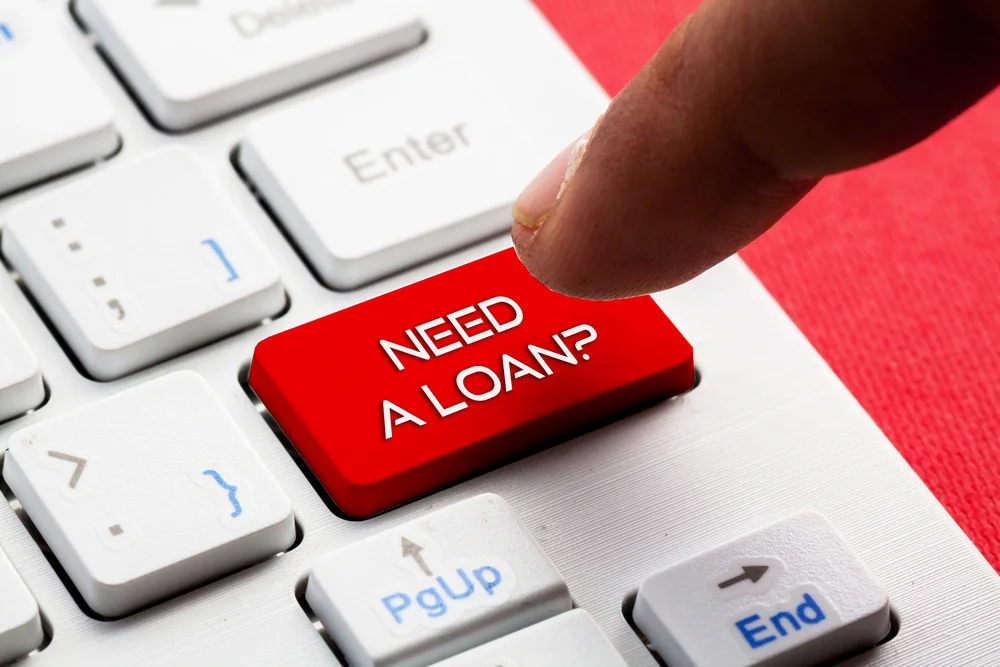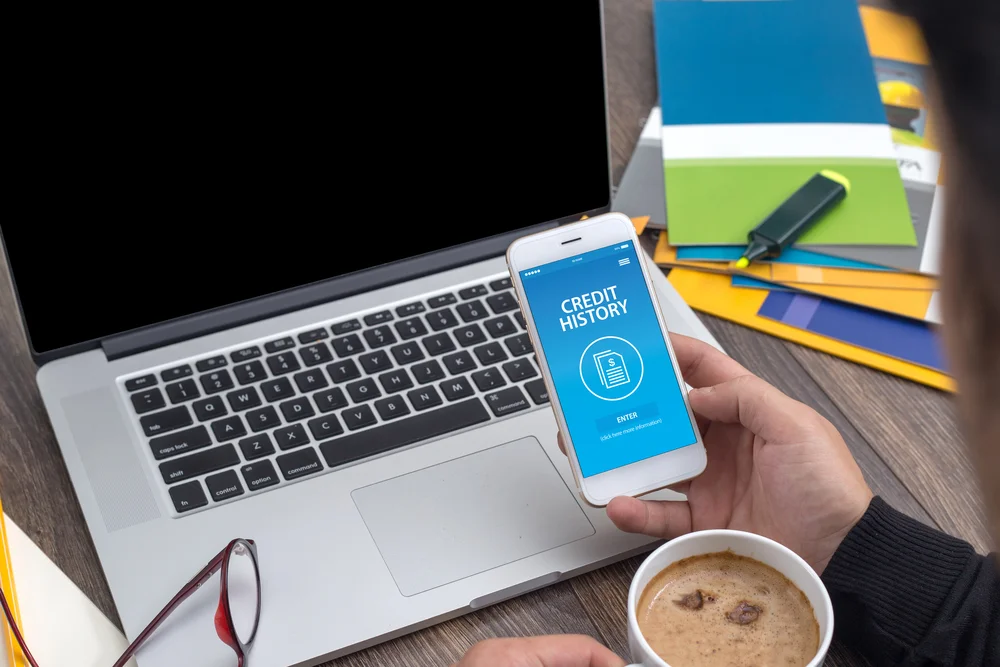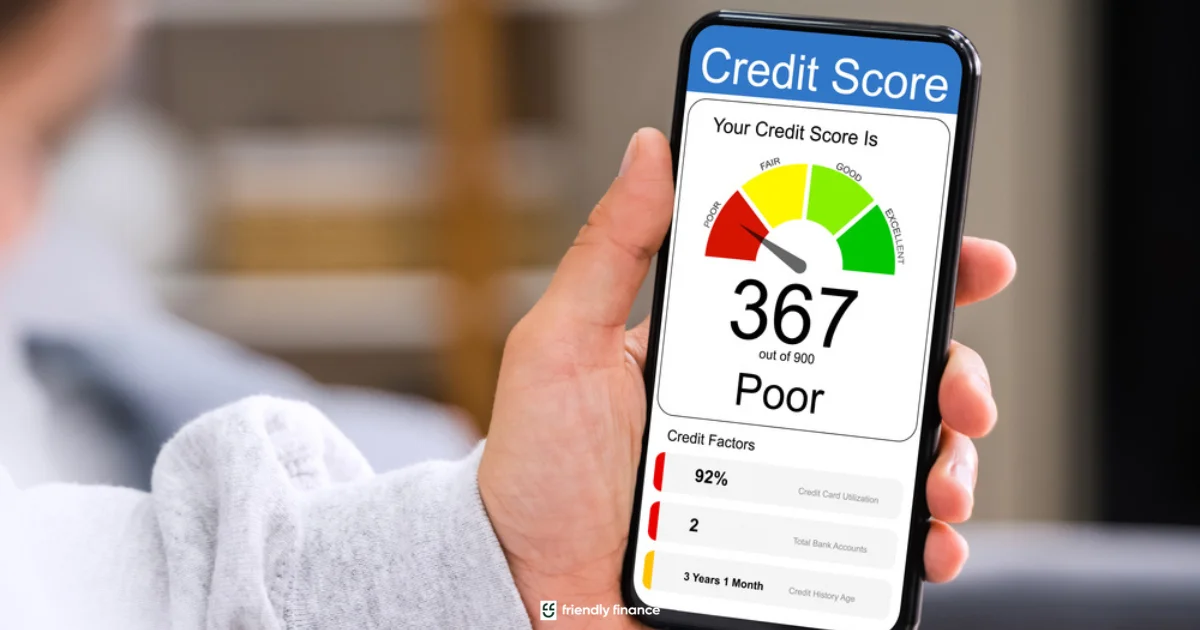Bad Credit Loans in Australia: Smart Borrowing & Credit Repair in 2025
Key Takeaways
Australians with bad credit can still access loans via regulated lenders and community options.
Comparison and transparency are crucial to avoid high fees and loan traps.
Timely repayments and financial discipline help rebuild credit over time.
For those navigating life with a poor credit score, accessing mainstream finance can feel impossible—but hope exists. In 2025, Australians with bad credit can still access personal loan options, backed by consumer protections, specialist lenders, and practical ways to rebuild.
This guide dives deeply into bad credit loans, the interest rate landscape, and how to improve your financial standing for the long term.
Understanding Bad Credit: What It Really Means

Bad credit isn’t just a low number; it reflects past financial challenges—like missed repayments, defaults, court judgments, or frequent hardship arrangements. Even minor late payments on bills, loans, or Buy Now Pay Later services can dent your credit history (and your ability to get a home loan) when lenders scrutinise your profile up to 24 months back.
In this context, a bad credit personal loan might be your best—or only—option for urgent expenses or debt consolidation. But not all lenders are equal: some are transparent and regulated, while others may exploit vulnerability with high-interest payday-style offers.
Legal Protections & Regulated Lending Framework
Fortunately, lending in Australia, even for higher-risk borrowers, is tightly regulated under the National Consumer Credit Protection Act (NCCP). Any lender offering consumer loans—whether bad credit loans or payday services—must hold an Australian Credit Licence and perform responsible lending checks to ensure suitability, including assessing income, expenses, and affordability.
Fee caps are also in place. For loans under $2,000 and less than 12 months, often called payday loans, total charges are capped at a 20% upfront establishment fee plus a 4% monthly fee. For other loans up to $5,000, the maximum effective Annual Percentage Rate (APR) is 48% (including fees).
Types of Bad Credit Loan Solutions
Secured Personal Loans
These require collateral (e.g. car, motorbike, or property). By securing the loan against an asset, lenders take on less risk, which can result in more favourable terms for the borrower.
Guarantor Loans
If a trusted friend or relative co-signs as guarantor, you may qualify for an unsecured loan with broader terms. Borrowers may receive a lower interest rate, but it's crucial to understand that guarantors take on full liability if the primary borrower defaults on the loan.
Peer-to-Peer & Specialist Lenders
Platforms such as Wisr, MoneyPlace, and Harmoney operate as non-bank lenders offering unsecured loans—some accept borrowers with bad credit if income and affordability are verified. They often use advanced credit modelling to tailor rates and loan terms to individual circumstances.
Non-bank & Short-Term Lenders
Providers like Fundo, Fair Go Finance, Nimble, and Credit24 specialise in higher-risk loan applications. They offer loans from $500–$35,000 with flexible terms, although higher costs and comparison rates (often up to the 48% cap) apply.
Government & Community Schemes
The No Interest Loan Scheme (NILS) provides interest‑free loans up to $1,500 with no credit checks required. Eligibility is based on having a low income or holding a Health Care or Pensioner Concession Card. These loans are perfect for purchasing essential items and covering short-term needs.
Interest Rate & Cost Expectations
The average unsecured personal loan interest rate in Australia in 2023 was 13.9% p.a., but borrowers with low scores (under 459) were often quoted around 25% p.a. Average high-credit borrowers saw rates closer to 9.8%.
Bad credit lenders typically charge effective rates of 20–48% p.a., with short-term and small-amount contracts sometimes reaching the maximum caps under NCCP law.
Top Loan Providers & Comparison
Note: The interest rates and loan details below are indicative and subject to change based on the lender's assessment of your personal financial situation. Always confirm the details and read the loan agreement before proceeding. Information is current as of July 2025.
Lender | Loan Size | Interest Rate | Comparison Rate | Best For |
$300 – $2,000 (small); $2,050–10,000 (personal) | 47% p.a. (small loans), 47.62% p.a. (personal) | ~65.6% (personal) | Fast access to small amounts | |
Money3 | Unsecured: $2,000–12,000 | Up to 16.95% p.a. max APR | ~37.4% (secured $5k/2 yrs) | Options for secured/unsecured with bad‑credit access |
$500–10,000 | 21.9–39.9% p.a. (based on credit score) | 23.55–50.28% | Bad credit rebuild, flexible terms | |
$300–5,000 | Up to 47.8% p.a. | Up to 65.5% | Instant small loans, credit‑score agnostic | |
$5,000–62,000 unsecured; sec. up to $147k | 9.79–24.54% p.a. | 10.64–25.32% | Competitive rates, mid-to-large unsecured amounts | |
$2,000–70,000 | 5.76–24.03% p.a. (unsecured); secured 5.66–23.03% | 6.55–24.98% (unsecured) | Low rates, tailored by credit score |
Applying for a Bad Credit Loan: What to Expect

Getting a loan with bad credit isn’t impossible—but it does require understanding how lenders assess risk and what you can do to smooth out the process. While traditional banks tend to steer clear of applicants with a poor credit history, specialist lenders and non-bank providers have built their businesses around offering second chances—without judgment.
Here’s what the process usually looks like:
Choose the right lender
Comparison is key. Interest rate, comparison rate, fees, loan term flexibility, and early repayment options all matter—especially when you're already paying a premium for poor credit. Always read the fine print.
Check eligibility upfront
Many lenders now offer soft credit checks or pre-qualification tools that won’t hurt your credit score. This is a smart way to see your likelihood of loan approval without committing just yet.
Prepare your documents
Lenders may request:
Bank statements (usually the last 90 days)
Proof of regular income
Employment details
Centrelink income evidence (if applicable)
A copy of your credit report or consent to access it via a credit reporting agency
Be transparent about your financial situation
If you have defaults, Court judgements, or a Debt Agreement on your file, it’s better to disclose them upfront. Some lenders are willing to work around these if you show stable income or improved financial habits.
Submit your loan application
This can often be done entirely online. The application process is usually quick, with some approvals issued on the same day if your documents are in order.
Be ready for a credit check
Most reputable lenders will still conduct a credit check, even if they specialise in bad credit personal loans. They’re looking at your current debt levels, past payment behaviour, and recent applications.
Wait for loan approval
If successful, you’ll receive a loan offer with the finalised interest rate and repayment schedule. Make sure to read the agreement carefully—especially around early exit fees, high interest penalties, or conditions tied to loan approval.
How to Improve Your Loan Application Outcomes

Check your credit report via Equifax, Experian or Illion for errors or details that may be misreported—correcting mistakes can improve your credit score and application success.
Prepare supporting documents: latest bank statements, payslips, Centrelink income verification, ID—all evidence of stable income and capacity to repay.
Consider smaller loan amounts—they’re easier to approve and lower the total interest burden.
Use a guarantor or apply for a secured personal loan if available.
Only apply to licensed specialist lenders—avoid unlicensed payday lenders and brokers. Confirm the licence through ASIC’s public register.
Monitor repayments closely—timely payment helps rebuild credit and improve odds for future borrowing.
Rebuilding Credit: Your Second Chance

A number of platforms (e.g. Fair Go Finance) report regular repayments to credit agencies—consistent behaviour can help raise your credit score over 6–12 months.
Avoid multiple loan applications in a short time—they can hurt your credit file, especially if applications are declined.
If you're working under hardship, contact your lender early—they are legally obliged to assist with adjusted terms.
Stay away from unscrupulous debt managers or credit-repair firms—they’re under ASIC scrutiny for misleading practices and excessive fees.
As your credit improves and arrears clear, you might qualify for lower-cost mainstream personal loans or even home loan options, with significantly lower interest and better consumer protections.
Final Thoughts: Navigating Bad Credit Loans Wisely
Bad credit doesn't have to define your future. In 2025, you will have access to a regulated ecosystem of specialist lenders, peer-to-peer platforms, and community schemes—all offering potential second-chance funding. But the onus is on you to borrow wisely: verify approvals, understand interest rates, keep up repayments, and take steps to rebuild your credit score gradually.
Used thoughtfully, a bad credit personal loan can be a bridge to better opportunities—just be sure it’s a bridge, not a trap.
Want to start rebuilding your credit today with bad credit loans? Submit your loan application through Friendly Finance!




